|
#howslowcanyoubow Today I revisited my alternative challenge and fashioned a new spindle and tested the set first 😀once I knew the set was good I embarked on the speed challenge … well the how slow can I bow challenge. You don’t need to go hell for leather . Slow down. With good pressure and a steady pace an ember was coaxed in just over 1 minute on the first attempt. slowing down allows more awareness and to spot any issues which may need addressing. I feel that It also allows me to more enjoy coaxing the ember out of the wood and to be more connected with the whole experience. Do you dare take on this speed challenge! Blessings on the ancestral fire 🔥🙏 #frictionfire #bowdrill #bowdrillfirelighting #ancestralfire #firecraft #ancestralskills #sacredfire Following my successful attempt yesterday, to coax an ember using the "Inuit" mouth drill strap drill method I have been asking myself "did the Inuit’s actually use the mouth drill for fire making ?" Yes using the mouth drill to coax an ember is possible , it isn't very pleasant though as you have smoke in your face which you can easily breathe, and it's not comfortable applying the pressure, you could damage your teeth and I nearly burnt my lips !
All of the pics I have seen have been Inuits using the mouth drill for decorating ivory. I can see the reason for using a mouth hold to decorate ivory as it frees up a hand to manipulate the ivory so to carve designs. I have seen a few similar pictures of mouth drill fire sets in museums but I’ve not seen a picture of Inuits actually using mouth drill to make fire. So it intrigued me – was this technique actually used to make fire… did they use traditional bearing block for making fire (I have seen a picture of 2 Inuit's using the strap drill - see below) or because they were so skilled at using mouth hold did they also use for fire making? Or have us westerners assumed that; and are the sets in museums assumed replicas ?😀 I may do more digging – I do find the Inuits fascinating. Anyway the mouth drill does work for fire making if you wish to use it 😀 1 - Eskimo school boy drilling ivory with primitive bow drill. Little Diomede Island, 3/1942. https://vilda.alaska.edu/digital/collection/cdmg21/id/952 Pic 2- Man using a bow drill. King Island, circa 1920 by Edward S. Curtis, courtesy of the Library of Congress, 3a16199. https://alaska.si.edu/media.asp?id=643&object_id=670 3 and 4 – Inuit bow drill set. Penn museum https://www.penn.museum/blog/museum/arctic-bow-drill/ 5 Three sides of a ivory drill bow, 1880s. Lowie Museum https://edblogs.columbia.edu 6 - icodemus, an Inuit man sits on a wooden sledge. He holds the two ends of a piece of string which is wound round a pole. Gusdiana, an Inuit woman, bends over and holds the top of the pole at knee height to steady it. 1930 https://www.freezeframe.ac.uk/collection/photos-british-arctic-air-route-expedition-1930-31/p48-16-79 7 –a Inuit fire drill thong with mouth hold – I have seen a few of these but no one actually using one to make fire . Science museum. It’s been a while, but I am still here and still passionate about fire. A few people have been in touch which has stirred the embers and brought a bit of life back into my inner fire!
I’ve posted a few things on my Facebook page recently. This is more a project, not a business so I do go through phases and have other things on too! Anyways! Adaptability is the key to success! Yes it is, and is one reason why us Homo Sapiens have done so well! With the lockdown, I noticed a couple of people commenting that they couldn’t source materials. I thought about this, and thought “well one just has to adapt” so I looked around the house and found 2 wooden coat hangers and an egg cup and made a bow drill set! It took a little experimentation but I managed to tease an ember 😀 Slow and steady worked best for me, and once done, you can hang them up for safe keeping ! And I discovered that egg cups make excellent bearing blocks! Oh this is good... I think this may be the oldest surviving evidence of friction fire. Apparently a 6000 year old wooden Fire Drill was discovered in Canada (Triquet Island , BC) in 2016. Click here for an article in The Vancouver Sun which is showing a photograph of the ancient spindle, but it is lacking information which is surprising as this is quite a find! For me , this is fascinating - the oldest fire drills I am aware of are from China (approx 2500 yo) and Egypt (approx 4000 yo).
There is this paper I have found by Alisha Gauvreau and Dr Duncan McLaren from the Anthropology Department, University of Victoria (B.C) working on the Hakai Ancient Landscapes Archaeology Project - which states that the "Fire Drill" was found in the peat layer which is between 6,726 and 6,674 years old but that's it! I'm surprised there isn't more information on it as it is an amazing find! I'm trying to find archaeological reports for the Triquet Fire Drill but I've not found any yet .... but I'm enquiring with the Hakai Institute - watch this space! It also raises more questions, such as:
The Ancient Triquet Village is one of the oldest settlements discovered in North America (approx 14000 years old) and I found this statement fascinating “It appears we had people sitting in one area making stone tools beside evidence of a fire pit, what we are calling a bean-shaped hearth” (Alisha Gauvreau) .. re-affirming the fire being central to human activity. The other amazing thing about this is that the team based their search on oral stories passed down through generations that this Island had been populated during the Ice Age which alot of people discounted. Link to the article: https://vancouversun.com/news/local-news/heiltsuk-first-nation-village-among-oldest-in-north-america-archeologists
I am passionate about natural cordage and I feel that too much synthetic cordage is used within modern bushcraft for the bowdrill. Personally, I feel it is a bit of a cheat and you may as well use a lighter! (shock horror!) This clip talks about natural cord alternatives and demonstrates 3 different ways of using 3 different types of natural cordage, and shows that it isn't that difficult at all. I hope this encourages at least 1 person to switch!
Here is a short video demonstrating how to successfully use weak\thin cordage with the Bow Drill. Here is a short film of me foraging for materials, and making a bow drill set from scratch, which I then attempt to tempt an ember from the wood, and welcome in the fire. As can be seen, sometimes it takes a few attempts.... English Oak was seen to be sacred by both the ancient Celts and Slavs and used to light fires ritually within ceremonies (e.g. Beltaine, Samhain) at at times of distress. Even though Oak is a hard wood, it is possible to tempt an Ember using Oak with the Bow Drill. You need to ensure that the Oak is very dry and it may take some time to get used to using it, and it doesn't always work. You do need to apply as much downward pressure as possible, as Oak polishes easily. Here is a short film clip demonstrating Oak on Oak. |
Archives
January 2024
Categories
All
|
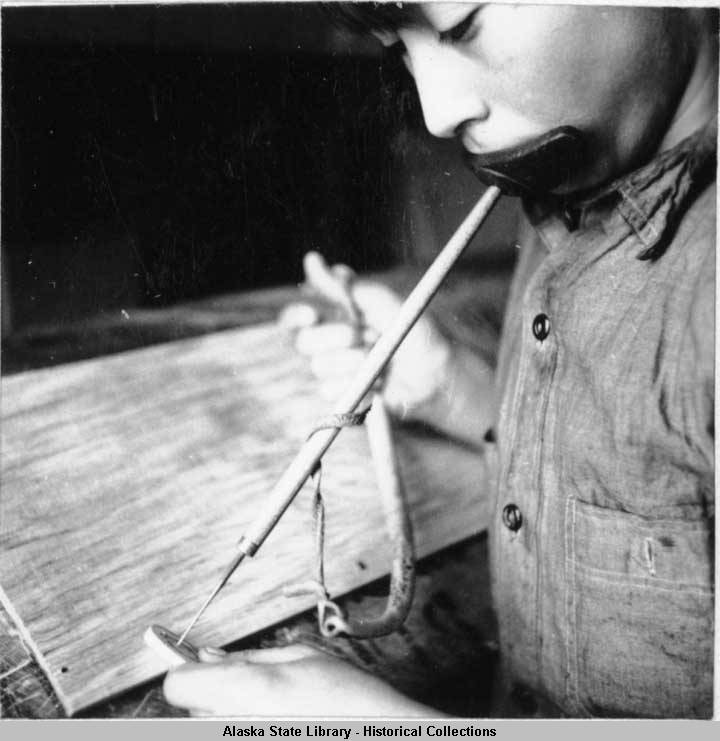
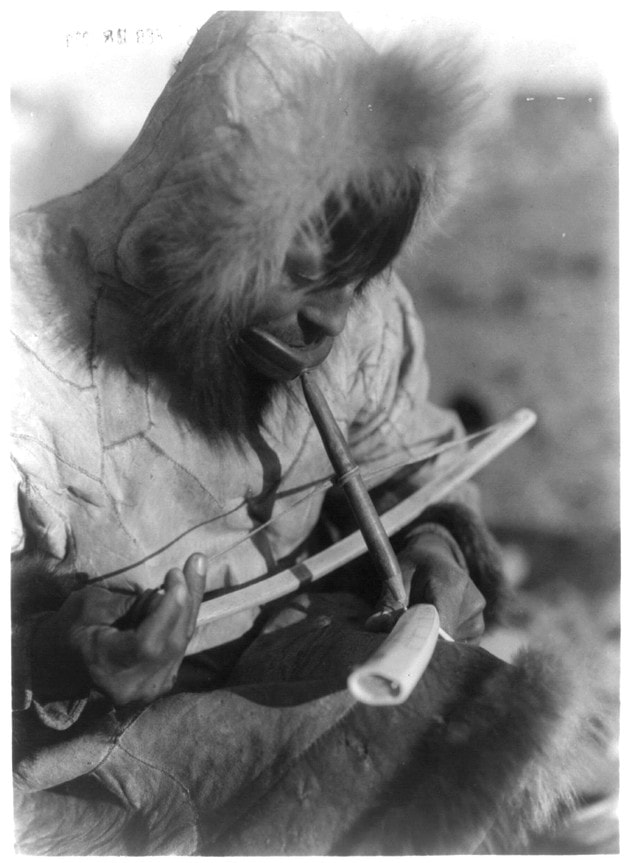

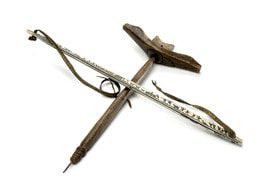
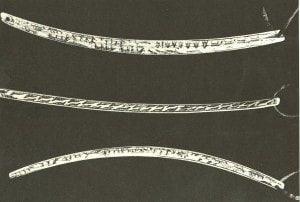
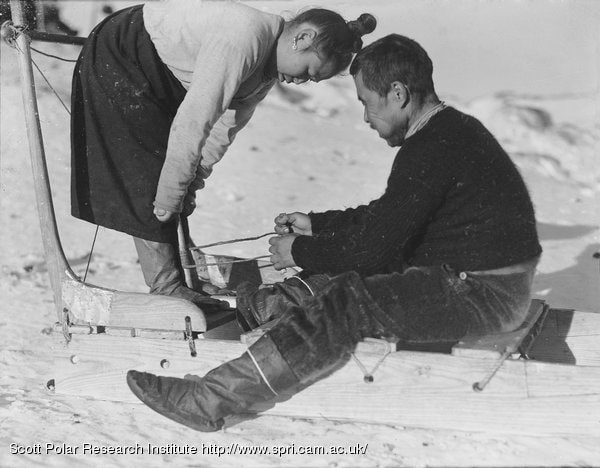
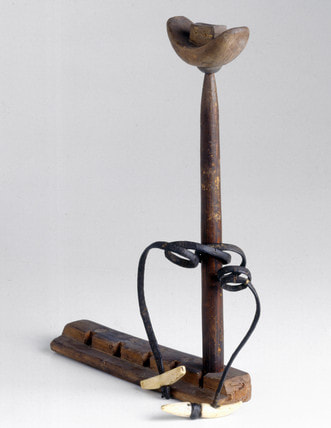
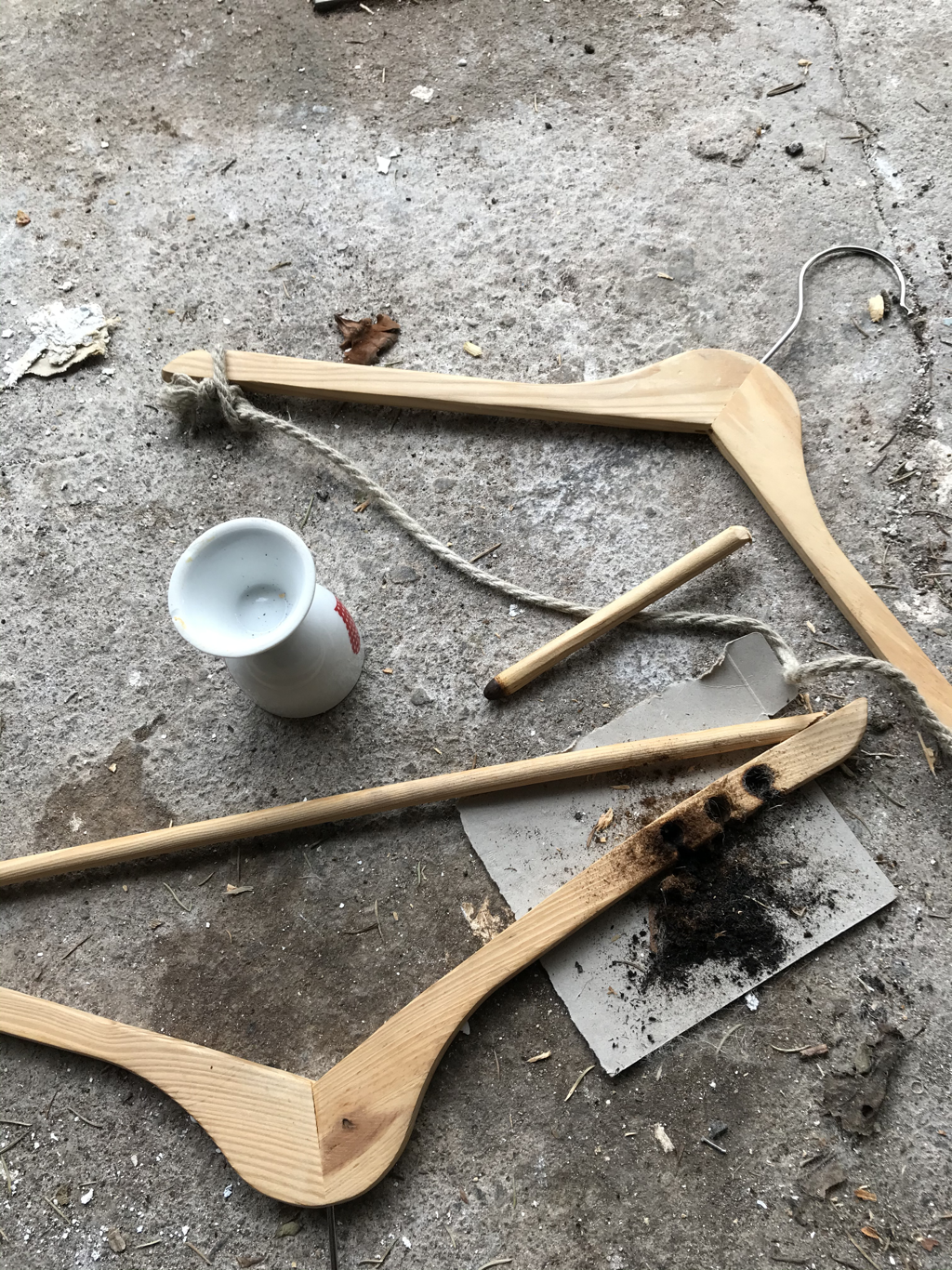

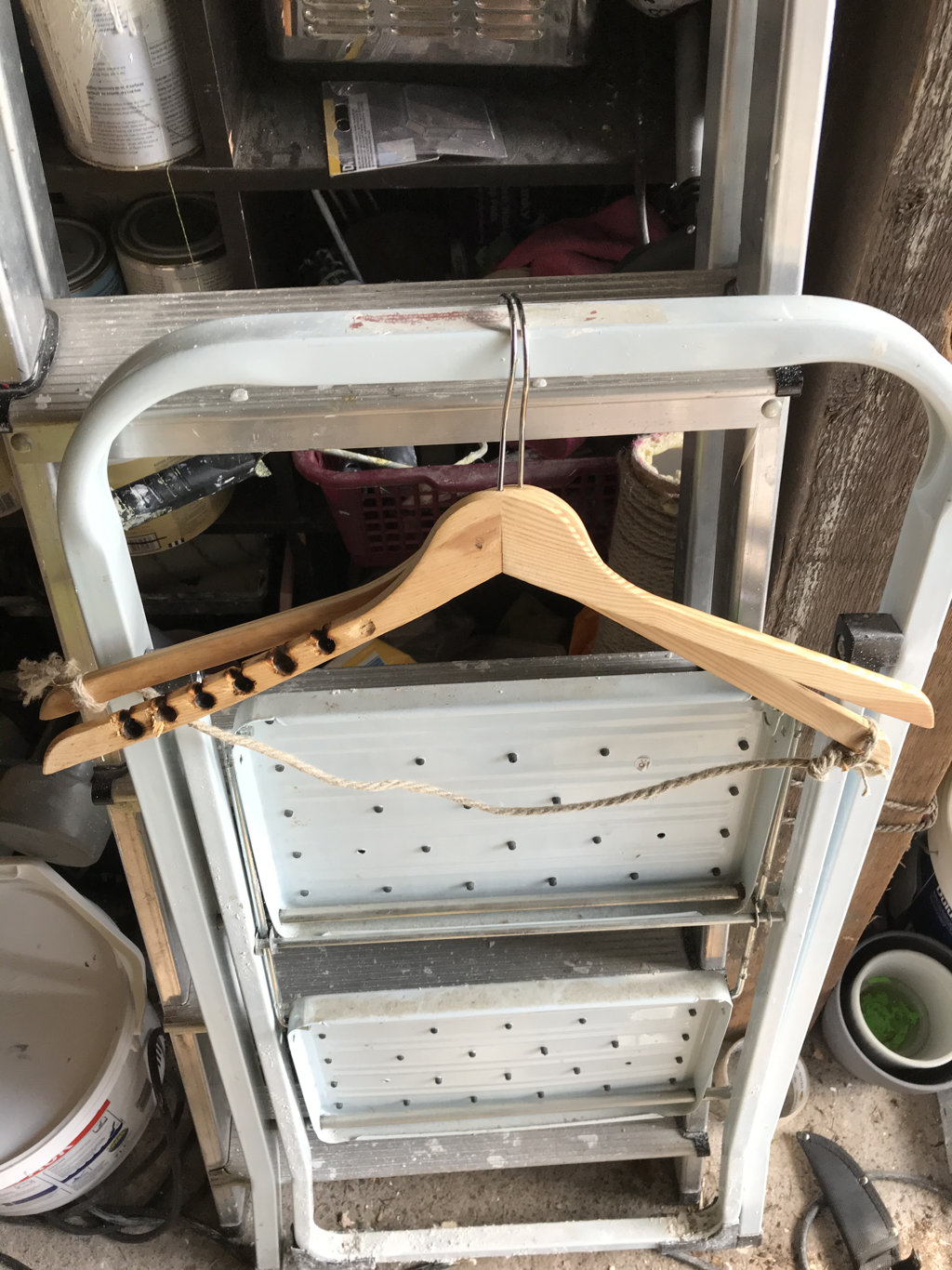
 RSS Feed
RSS Feed